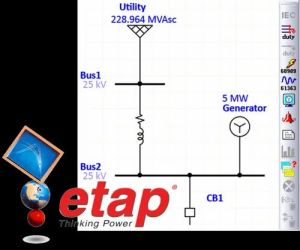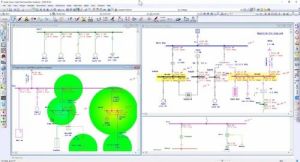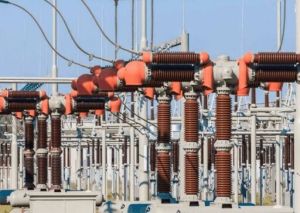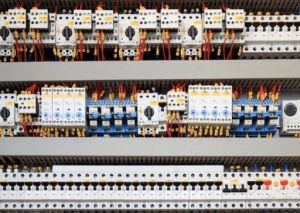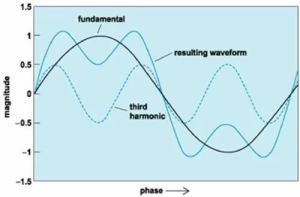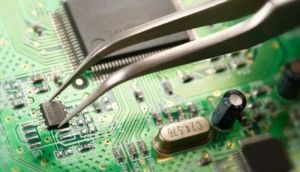Baner, Pune, Maharashtra
- GST NO. : 27AAPCS5761E1ZZ
Power Factor Correction Service
Minimizing energy costs has become increasingly important in an era when lean manufacturing has become the industry motto. However, it is not only a matter of controlling consumption but also of how the utility bills that consumption. Here’s where the power factor comes into play. In an electrical system, the power factor is the ratio of real power to apparent power. The greater the current draw, the lower the power factor. To minimize power dissipation, a higher current necessitates thicker wires and a more robust infrastructure. Since this raises utility costs, facilities with low power factors are charged a higher rate.
Power factor Correction Services measures the efficiency of an electrical system. Displacement power factor and total harmonic distortion are the two terms used to describe True power factor correction services. It is frequently boiled down to displacement power factor, but this only applies to a subset of linear loads. But since driveshaft and varying frequency drives are nonlinear loads, the rationalization no longer applies.
Energy must be supplied to a machine in order for it to perform work. In the electric motors, further electricity is required to be supplied than does seem as valuable work at the motor shaft. A certain amount of electricity is required just to maintain the necessary magnetic field, but no useful work is produced. This factor is called reactive (or magnetizing) power. Utility companies will provide a limited amount of reactive power free of charge, but customers with high reactive power loads will be charged an additional fee for the reactive component.
Power Factor (PF) is the ratio of active or usable power measured in kilowatts (KW) to total power (active and reactive) measured in kilovolt amperes (KVA).
The value of the power factor can theoretically range between 0/ percent and 100 percent, with a value of 100 percent delivering all of the power as active power. A value of 0% indicates that all power is supplied as reactive power; no motors would turn and no useful work could be done. Electric utility companies are responsible for meeting the entire KVA (total power) demand. A high power factor is important because a customer only gets useful work from the KW (usable) portion.
Electrical equipment such as transformers, electric motors, welding units, server banks, lighting systems, and static converters add to the load on generators, transmission lines, transformers, switchgear, and cables. Reactive power can also result in significant energy loss due to heat dissipation.
Power Factor Correction is done for increasing an electrical system’s efficiency in order to deliver as much power as possible as active power. Power factor correction provides significant cost savings and environmental benefits by improving energy efficiency and lowering electricity consumption throughout your power system.
Looking for "Power Factor Correction Service" ?
Explore More Services



